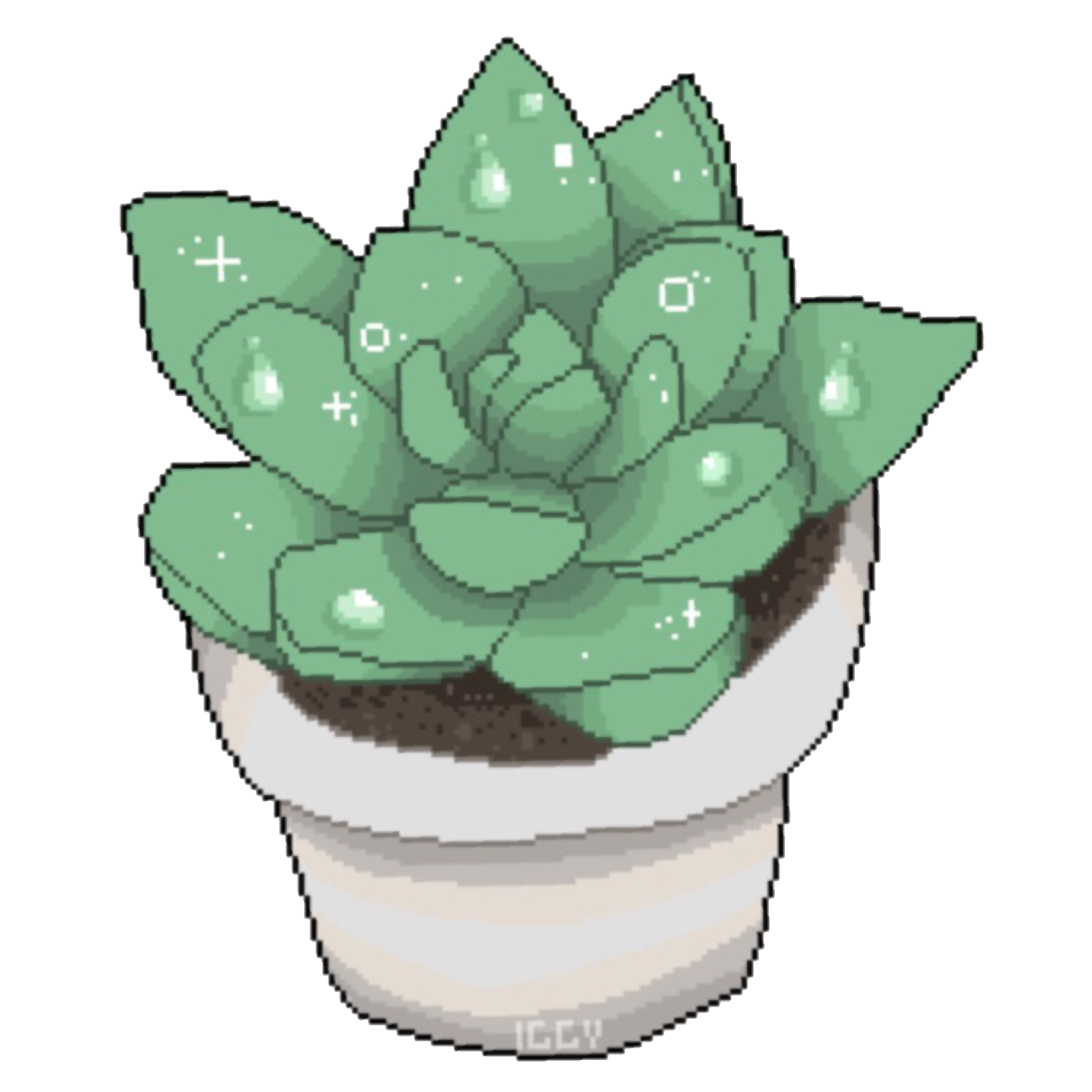Here are the tiny leaf pullings of my Pinguicula agnata and P. moranensis.
The main substrate is LECA, with a top dress layer of living mosses.
The moss samples were foraged from parks, concrete, and more, then transferred to propagation boxes to get a clean sample, and then sprinkled on top of the substrate.
Right now, I use a mix of different species with different growing condition preferences, because I wanna see which ones thrive and which not.
Pings grow on rocks and trunks in nature, where they often anchor in mosses, which gives them steady moisture.
Why?
- Because they look neat
- Because they give my GF the signal to NOT water with fertilizer when I’m out of house. I plan to at least top dress ALL my carnivorous plants with moss in the future.
- Because the LECA is often too airy (big gaps between the balls), and Pings root very shallow, so they often dried out
- To give them a place where the leaves can rest without salt residues
- To support more microfauna, like springtails, which act as “infant food” for the sticky leaves
- And because it looks neat, did I already say that?
It will probably take a month or two for the mosses to sprout again and cover the surface.
As soon as I see any progress, I will update y’all 👋




May I ask what brand of LECA you use? I’ve read contradictory things about pH of LECA being basic. I got a bag of Growit, and tested it with tap water - the water is indeed very basic compared to my control even after lots of rinsing and repeated soakings. I’m wondering if some brands are better at living up to claims of being pH neutral than others.
I think the brand doesn’t matter much. They all work fine.
I will make a post about it, so it is easier accessible for others too.
TL;DR what I’ll say:
You can reverse this pretty fast by boiling in rain/ distilled water. The pressure from the boiling will drive out the remaining stuff from the pores.